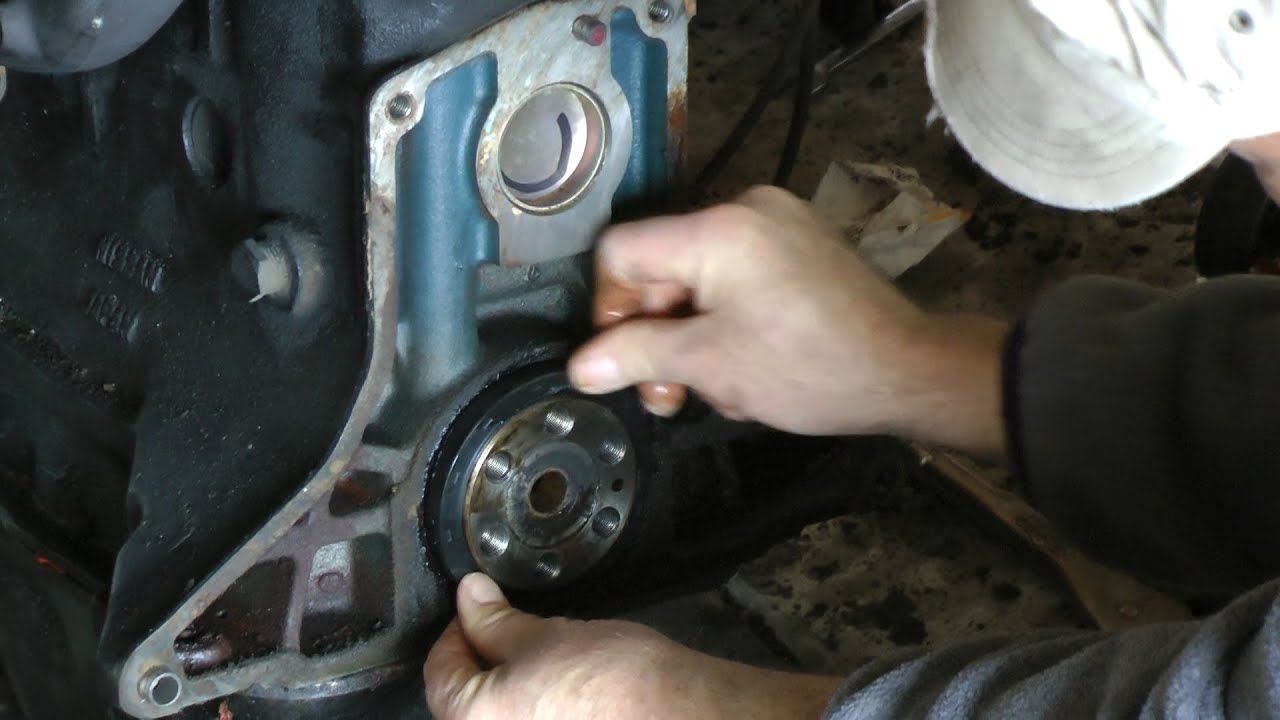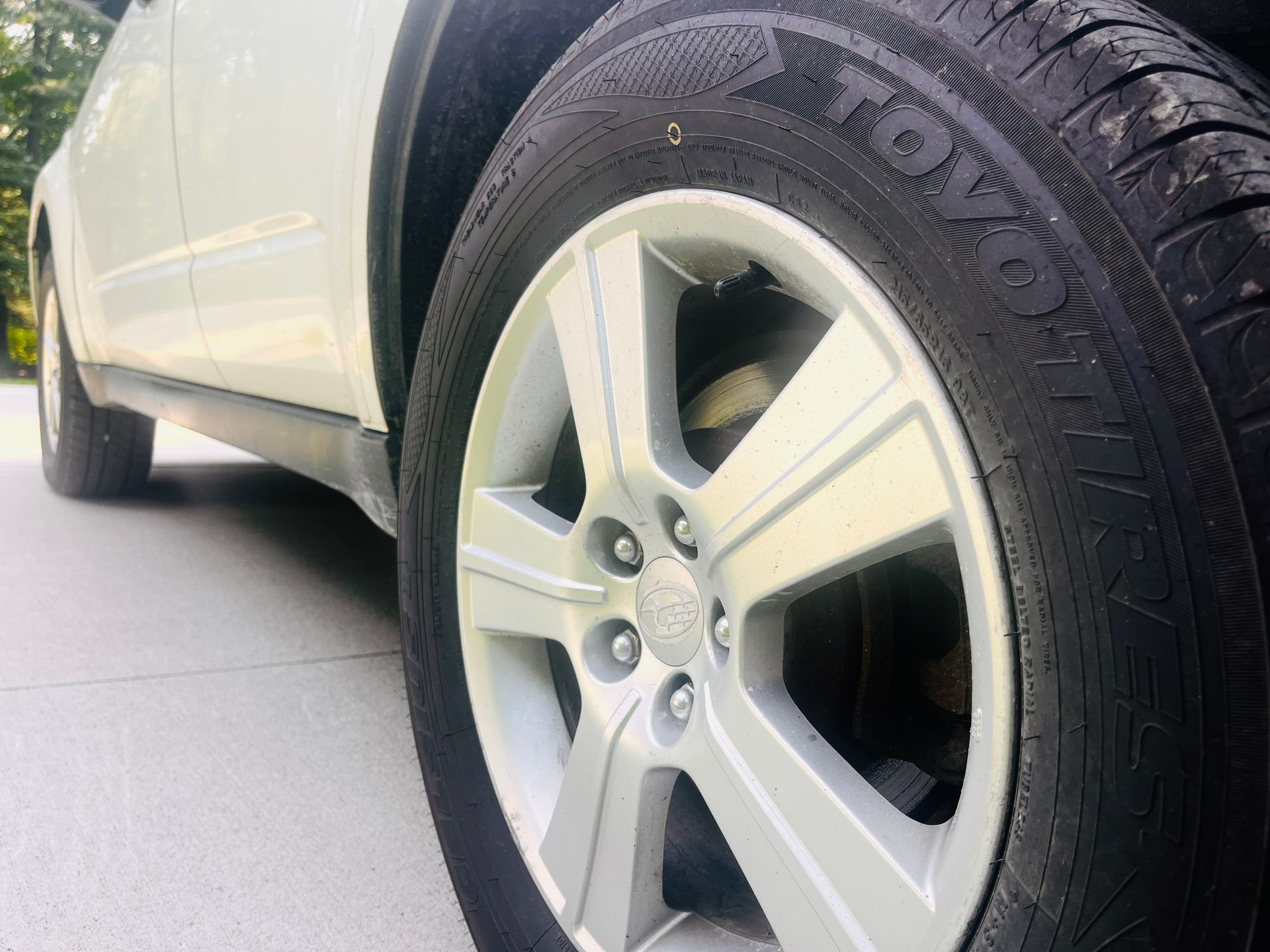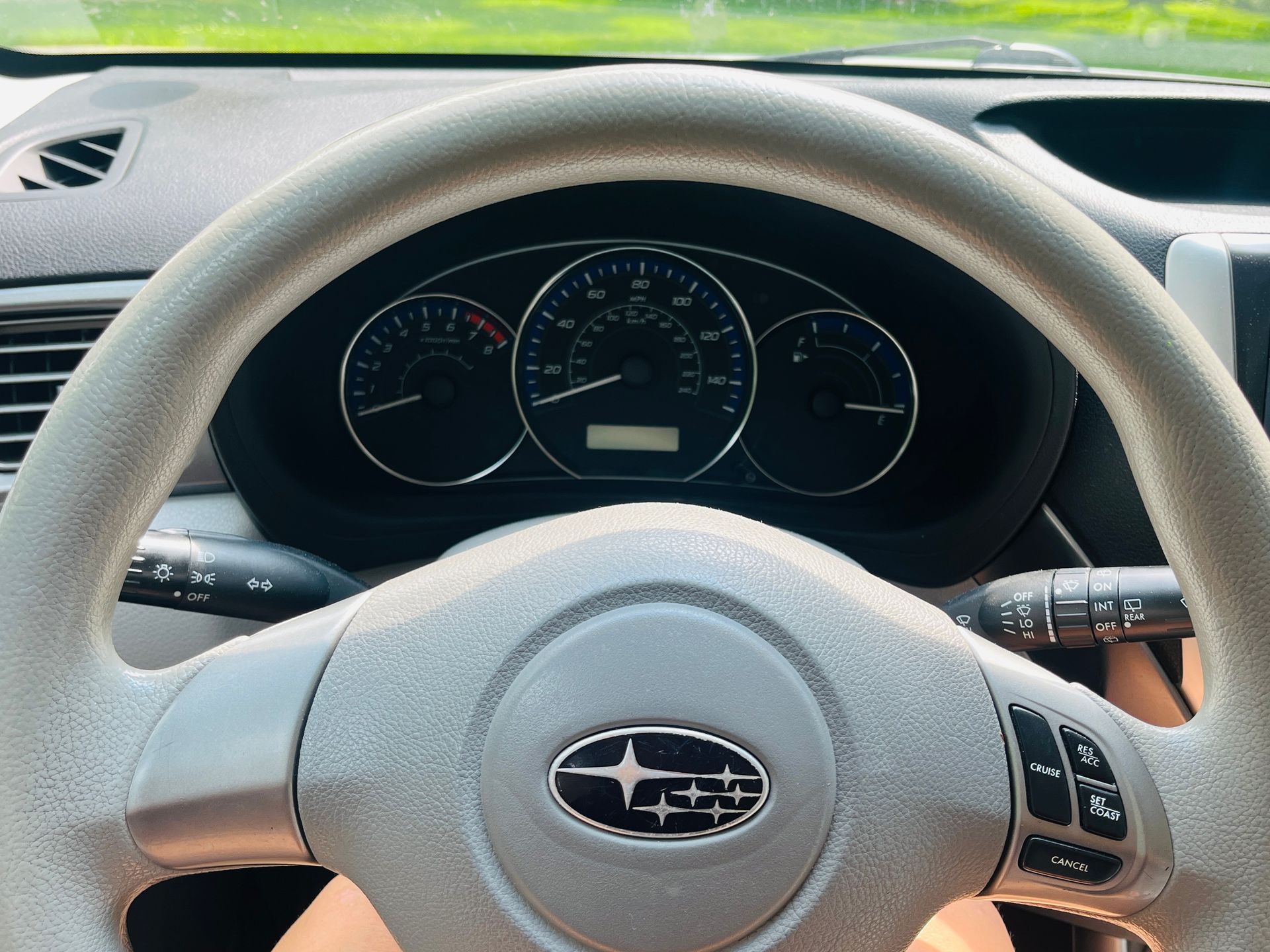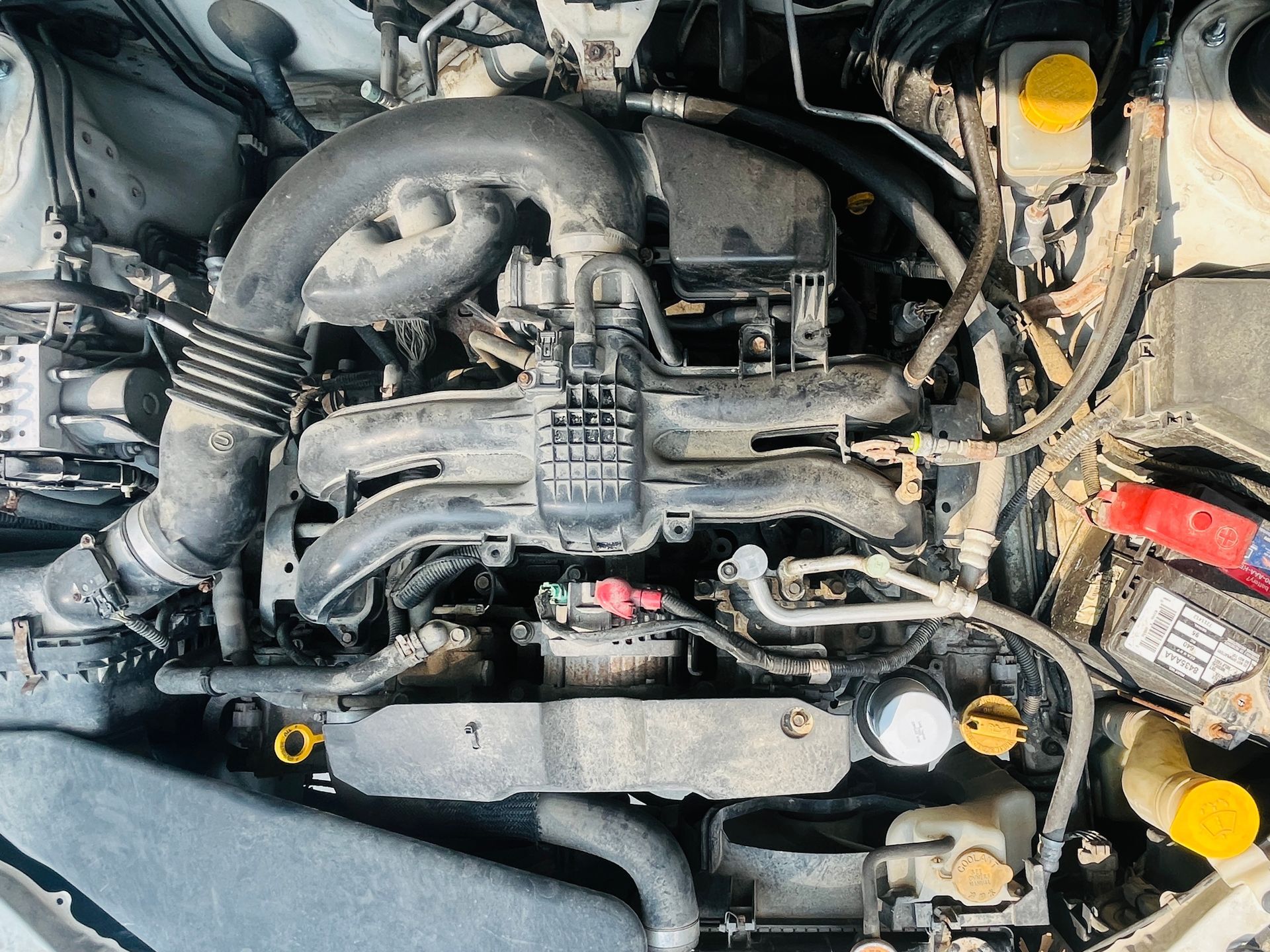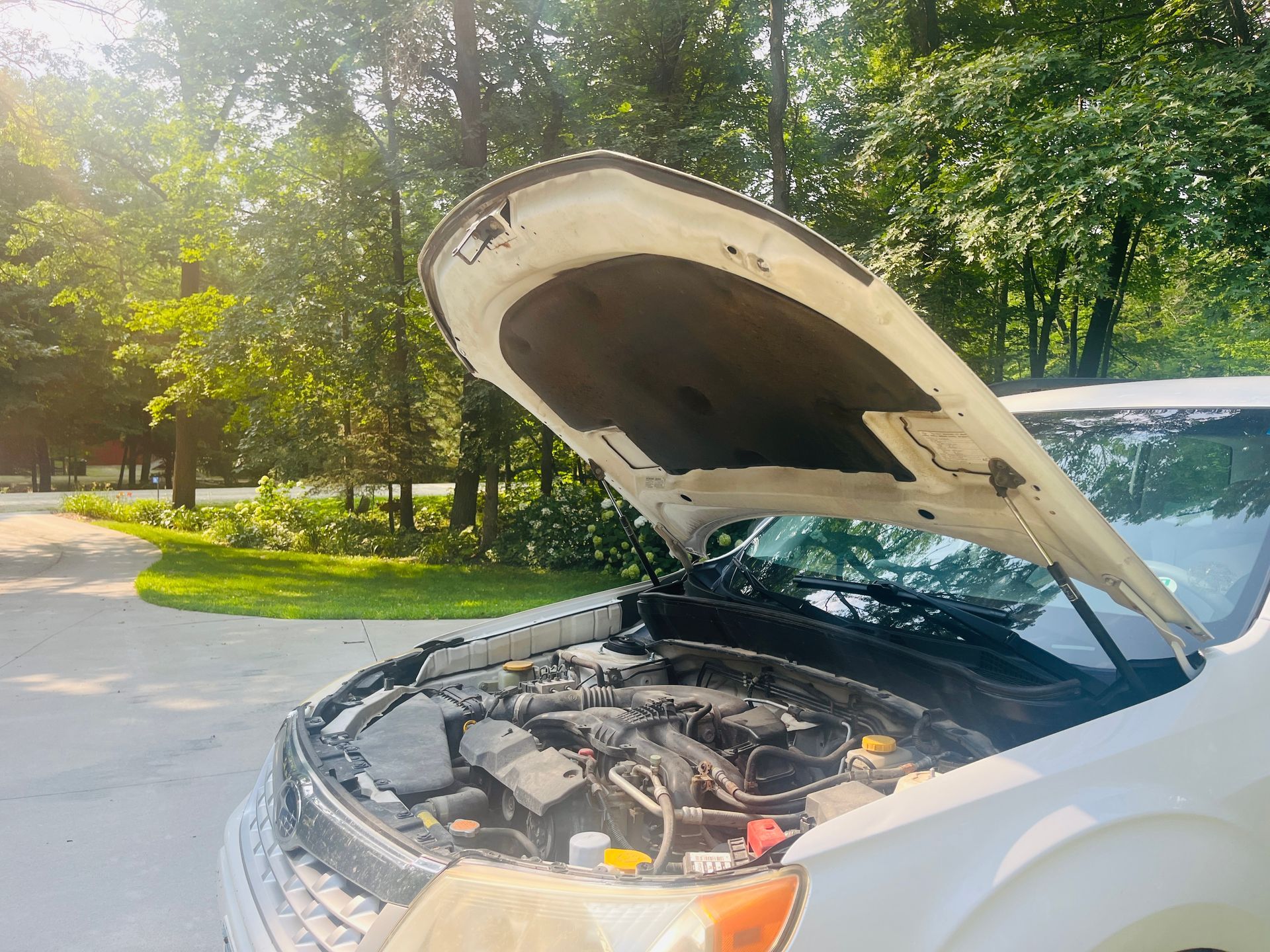How much do shock and struts cost?
October 5, 2018
Life is sometimes a bumpy ride!
I thought I was prepared for my second son, Jayden, to leave home after graduating from high school last spring. But the events that have transpired between then and now have taken me on an emotional and bumpy ride!
Jayden received an incredible scholarship to attend five years at IIT (Illinois Tech), at which time he would earn an expedited master’s degree! For me, sending my son off to college in South Chicago was not at all appealing, but after visiting the campus I knew it was the right choice for him. Once I was able to get past the concern of where it was located, I was fully on board and excited for the next chapter of his life (while also being broken-hearted in the loss that was to come).
But then, in mid-June, after Jayden’s world-traveling Marine brother, Jake, came home and shared snippets of his excursions to so many places, Jayden caught the traveling bug and informed his dad and me that he would be taking a year off to travel. He also told us that he wanted to travel and explore the world before he was old like us. This news threw us for a loop (not the old part, but the taking a year off to travel part).
We certainly wanted Jayden to proceed confidently in the choices he was making—not forcing him to take the path we thought was best. But we also were concerned about what he might be giving up. As his parents, it is our job to train him in the way he should go—but also be the voice of reason and encourage him to look at both sides of the coin in order to make a wise decision.
Jayden had thought that if he took a year off, he would still get four years of the scholarship. This is why, at the end of June, after he went for orientation at IIT, he made the decision to tell them that he would be declining fall enrollment. After his announcement of this to us, it was still on my heart to encourage him to find out definitively if the scholarship would still be good in a year. To appease me and to give himself peace of mind, he called IIT. To his horror, he learned it was not. At that point, he had already given up the deposit and removed himself from the roster and he was a bit frantic in what that decision now meant. Could he change his mind and be reaccepted? And would his scholarship be reinstated? It
was a stressful and nail-biting time for all of us, especially since the Fourth of July holiday meant there was nobody at the college to talk to for an entire week. What was most difficult for me was watching the internal battle and angst Jayden was experiencing.
What about you? What kind of bumpy rides have you been on recently? Did it involve people you love? How did you encourage and guide them? How did you handle the process? What was the outcome?
Not only is life sometimes a bumpy ride mentally, but it can also be so physically. Recently, when one of my technicians was driving a vehicle onto a hoist for assessment of the brakes, the whole car was bouncing like it was on a trampoline. It was certainly evident that not only did the vehicle need a brake evaluation, but a suspension one as well. But why? What’s wrong with some bounce in our ride? Wouldn’t it be fun to jam to some tunes when the vehicle bounces in rhythm too? Sounds fun to me—but at what cost? What is your suspension system comprised of? How does a bouncy suspension affect your driving? What other systems might it harm? And what’s the cost of replacing different suspension components?
Every component of your suspension system is designed to keep the body of your vehicle connected properly to the wheels so that you can safely and smoothly drive your vehicle over any type of roadway surface. The fundamental components of your suspension system generally include springs, shocks, struts, sway bars (+links and bushing) and control arms.
Vehicles differ in the makeup of suspension systems based on what they were designed for (sports car vs. luxury car) as well as the various manufacturers and how they are designed to handle. Because of this, the cost of replacement will vary greatly depending on multiple factors— OEM vs aftermarket parts, how easy they are to replace (labor time) and what components need to be replaced.
Springs
No matter the type of spring used in your vehicle, their jobs is the same — compensate for the irregularities in the road’s surface, maintain the suspension system at a specific height and support added weight without excessive sagging. Each of these duties is extremely important in providing precise handling, loadbearing capability, and comfort with a smooth ride.
How do they work? Springs allow your car to absorb energy over a bump, pothole or irregularity in the road’s surface so that the driver and passengers are not jarred in the process. While absorbing this energy, the natural tendency of a spring is to extend in a violent fashion after being compressed to do its job. This is why shock absorbers must be used to dampen the spring’s compression/extension cycles.
The most common spring used is the coil spring. It’s manufactured with high-grade steel and designed to last a lifetime. However, this is not always the case—especially in areas like SE Minnesota where harsh temps and salty roadways can wreak havoc on metal.
Case in point, a vehicle recently came to our shop for needed brake repair. Upon lifting the vehicle off the ground, we found the coil spring was broken and somehow managed to sit perfectly on top of the coil below it. This was a lucky and unique outcome! Had it not landed in such a way, the safety of the owner and potentially other motorists may have been jeopardized.
Have you ever looked at your vehicle’s springs to ensure their health and integrity? Or have you had them inspected by a professional mechanic who knows what to look for? Knowing that springs can sometimes break, it is crucial to assess their condition periodically.
Cost of spring replacement varies considerably depending on several factors (type, manufacturer, preference in quality), but generally speaking for new coil springs, you are looking at $200-$600— this is for the pair since it is always recommended that you replace both sides.
Dampers/Shock Absorbers
If you did not have shock absorbers on your vehicle, every time you went over a bump, you would be shocked in the jarring you would experience. Therefore, shock absorbers do exactly what their name suggests—they absorb excess energy from the spring’s oscillation so that you aren’t shocked!
What is the condition of the shock absorbers in your vehicle? Have you ever had them replaced? When does your manufacturer recommend your particular shock absorbers be replaced? Depending on where you drive and how hard your shock absorbers have to work, the range may be extended or shortened. But it is generally suggested that you have them replaced around 50K miles. At the very least you should have the shocks inspected at 50K miles and periodically thereafter.
During the inspection, the technician will do a test drive to feel the movement (bouncing or lack thereof) and handling of your vehicle as well as a visual inspection. The shock absorber is designed with fluid and internal passages to control the movement of the wheel and dampen the spring. Over time, this fluid can leak, degrade or the valving can become damaged. The technician will push on the edge of your vehicle to assess the bounce as well as look at the shock absorbers to notate any leaking or concerning issues.
Remember the car I mentioned earlier that looked like it was coming in on a trampoline? That was definitely a candidate for new shocks. But what if you don’t mind a little bounce in your ride? Should you still replace them? Besides the bounce, you may also notice less vehicle control around corners, front end diving when you brake or rear squatting when you accelerate. This is because your vehicle’s suspension is no longer performing as it is designed to.
Do you notice any of these? When is the last time you have your shocks inspected? Worn shocks can greatly affect the handling of your vehicle (especially with the wintry slippery roads ahead) and thereby affect the safety of your travels. They also put stress on other suspension components and brakes—causing them to wear prematurely, causing uneven tire wear and may even affect the braking ability of your vehicle depending on the severity of degradation. If you choose to delay the replacement of failing shock absorbers, remember that this may also mean more money out of your pocket for repairs of other systems and tire replacement.
Shock absorber replacement roughly runs from $200-$400 per pair—again, you will want to replace at least both sides. That being said, more often than not, if one set of shocks are worn, you should also consider replacing the other set since they have all been a part of your bouncy journey over the miles traveled together.
During the fall season, manufacturers of shocks are privy to the importance of preparing your suspension system for winter. This is why, every fall they run their annual “Shocktober” promotion— giving consumers a discount to get their vehicles winter ready and safe for the slippery conditions to come. This is a great incentive to have your vehicle’s shock absorbers inspected this month!
Struts
If you have struts on your vehicle instead of shocks (or a combination), you likely know that they are just fancier units that combine both the spring and the shock absorber in one unit. With anything fancier and more complicated, there will be a heftier price tag for replacement of around $300-$600/pair.
Anti-Roll or Sway Bars (+ links and bushings)
Anti-roll or sway bars (also called a stabilizer bar) are long metal bars that connect your suspension system of two wheels through the axle. It keeps your car stable (mainly when cornering) while handling smoothly under a variety of driving conditions. These bars are attached to the body of your vehicle with links that attach to the lower control arm or strut. When the links and/or bushings start to wear out, you may notice some clunking/rattling when going over bumps. It is common for the links and bushing to need replacement periodically. For this reason, it is important to have it inspected as your vehicle ages. Failure to do so could cause significant issues in handling and/or release the sway bar from the vehicle and result in catastrophic damage to the front end of your vehicle and put your safety and the safety of other motorists in jeopardy with an accident.
Replacement of sway bar links will lighten your wallet by about $100-$300 for the pair, but the money it would save from possible damage—to your vehicle or people you love— is priceless.
Thanks to the automotive manufacturers and their ingenious design of the modern day suspension system, we all get to enjoy smooth, safe rides. But just like with all systems in our vehicles, it is up to us to have them inspected and replace the components preventatively and in a timely fashion.
Wouldn’t it be great if our mental bumpy rides were just as easy? Sometimes they can be if they only involve us. But when our journey involves those we love, there is no telling how bumpy our ride might be or how long it might last.
I am happy to report that we were all able to celebrate upon finding out that Jayden would be reaccepted into IIT with a reinstated scholarship. But then, after moving in, he discovered mold in his room and a few other issues. More bumps. But thankfully, Jayden has been continually asking for and heeding our advice—really allowing us to help absorb the shock from his life filled with bumps, potholes and the irregularities he is discovering in the great big world.

